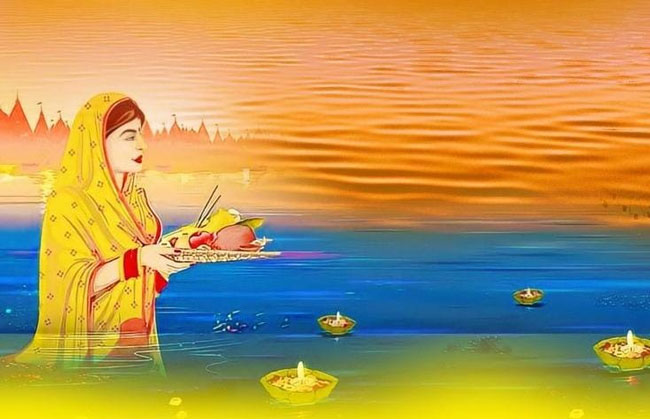 Chhath Puja 2024 Date and Significance
Chhath Puja 2024 Date and Significance
Chhath Puja, a prominent Hindu festival celebrating devotion, gratitude, and reverence for nature, begins on 5th November 2024. This four-day festival is dedicated to worshipping the Sun God and Goddess Chhathi Maiya, symbolizing the connection between humans and nature. Though traditionally celebrated in Bihar, Jharkhand, eastern Uttar Pradesh, and Nepal, the festival’s significance has now reached communities across India.
Unique Significance of Chhath Puja
What sets Chhath Puja apart is the dual worship of the Sun God—at both sunrise and sunset. Devotees observe fasting and travel to nearby rivers, ponds, or riverbanks to perform the ritual of Arghya (offering). This festival is a time for mental peace, purity, and a dedication to harmony in mind, speech, and actions. Chhath Puja not only promotes spiritual well-being but also honors health and environmental purity.
The Four Days of Chhath Puja
- Nahai-Khai (First Day)
On the first day, devotees begin with a holy bath in a river or pond, signifying the start of a purification ritual. They consume simple, pure food to cleanse the body and spirit. - Kharna (Second Day)
Devotees observe a day-long fast that they break in the evening with a humble meal of kheer (made with rice, milk, and jaggery) and chapati. This food is shared with family and neighbors, symbolizing unity and gratitude. - Sandhya Arghya (Third Day)
The third day is marked by a grand offering to the setting sun, performed at rivers or ponds. This is considered the most significant day, as devotees gather to pay homage and offer gratitude for the Sun’s warmth and light. - Pratah Arghya (Fourth Day)
The festival concludes with an early morning offering to the rising sun, signifying the end of the fast. Devotees then share their offerings with family and friends, spreading the festival’s blessings.
Special Significance of Offerings (Prasad)
The offerings, or Prasad, during Chhath Puja are highly symbolic. Key items include Thekua (a sweet made from wheat flour and jaggery), sugarcane, bananas, coconut, and grains like rice and wheat. Thekua, made on an earthen stove, is a central offering that reflects purity and simplicity. Each item symbolizes devotion and is shared with family and friends, fostering a sense of togetherness and spreading positive energy.
Environmental and Cultural Importance
Chhath Puja also underscores environmental values. This eco-friendly festival avoids artificial items, ensuring that rituals do not harm nature. Devotees are mindful of keeping rivers and ponds clean, pledging to respect and protect the environment. By celebrating the role of water and sunlight in sustaining life, Chhath Puja is a festival that not only upholds faith but also promotes communal health and unity.
The gathering of communities for collective worship during Chhath Puja strengthens the bonds of brotherhood and unity, making this festival a profound celebration of life and nature.




